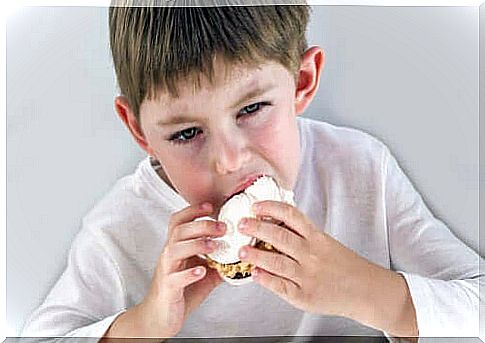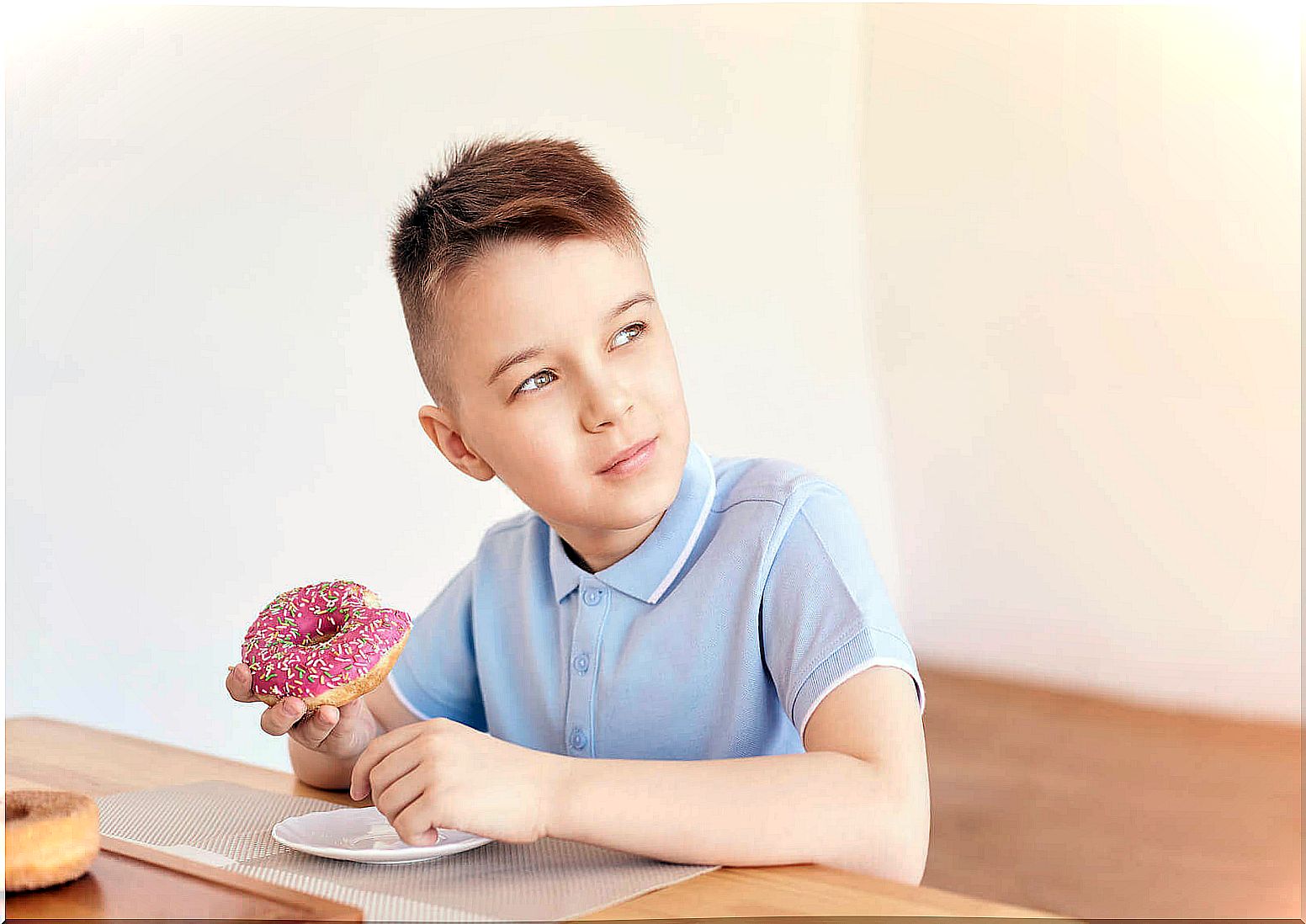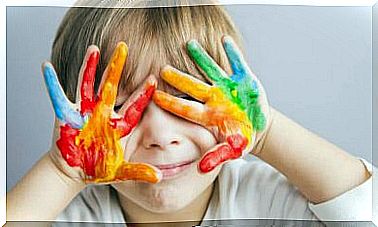Emotional Hunger In Children

Currently, it is known that there are two types of feelings of hunger: physical hunger and emotional hunger. The first refers to common hunger, felt in the stomach after going without food for a while. But what is emotional hunger and how to identify it in children? We will explain in the following lines.
Before addressing this issue, you need to know the power and emotions are closely related, since it was shown that the feelings experienced at any given time influence the choices made in time to eat, and the amount and form of ingesting the foods.
So, with that in mind, the typical phrase “Tell me what you eat and I’ll tell you who you are” could be rephrased and changed to “Tell me what you eat and I’ll tell you what’s happening to you”.

Emotional hunger in children
Emotional hunger does not occur in the stomach but in the head. When children feel this kind of hunger, it is because they are trying to use food as a defense mechanism to face the negative emotions they feel and that they don’t know how to control otherwise.
Thus, the children take refuge in food to soothe their emotions and, therefore, increase the intake of foods that consider comforting, among which are usually those with high content of sugars and fats. But, in fact, this overeating is useless, as emotional hunger is impossible to satiate.
According to nutritionist Ana María Palomino Pérez, some of the negative emotions that most often cause the appearance of emotional hunger are anger, apathy, frustration, stress, fear, pain, anxiety, restlessness, loneliness and boredom.
Physiologically, however, this should not be the case, as negative feelings are often perceived as a threat, causing glucose to be released into the blood and therefore reducing or suppressing the feeling of hunger.
Therefore, taking these data into account, it is possible to say that the impulse to eat when a person feels bad is not something innate, but rather an inappropriate behavior learned socially.
Signs to detect this type of hunger in children
Some of the signs that children are not feeling physically hungry, but emotionally hungry, are as follows:
- The feeling of hunger occurs at any time, so sudden and urgent.
- The desire to eat something specific appears , not just any food.
- Larger amounts are consumed than normal.
- Food is consumed wildly and at high speed.
- Feelings of guilt, shame or dissatisfaction appear after overeating.
- There is a rapid increase in weight, which is why the child may even become obese.

How to prevent the emergence of emotional hunger during childhood?
One of the guidelines that must be followed to prevent children from feeling emotional hunger is not to reward or punish them with food, as this way they learn to attribute certain emotional states to certain foods, which can lead them to develop a unhealthy relationship with food.
Likewise, it is essential to take care of children’s eating habits, but without excessive rigor, as this can be counterproductive. The idea is to ensure that children have a balanced diet, with control over what is ingested, but without depriving them of any type of food, as, over time, this can make them feel the need to make up for these deficiencies .
Finally, and most importantly, to prevent emotional hunger during childhood it is necessary that families, from the early years of their children’s lives, teach them emotional education, so that they can grow up with sufficient cognitive resources to identify and manage properly their feelings, both positive and negative, without feeling the urge to eat food disproportionately.









